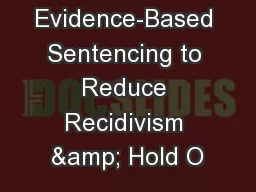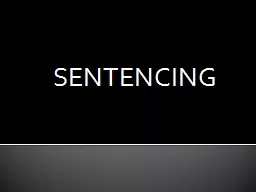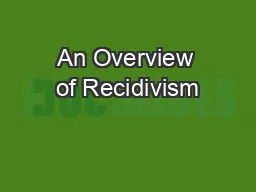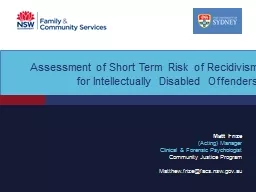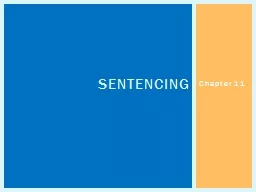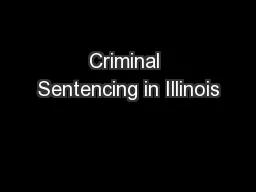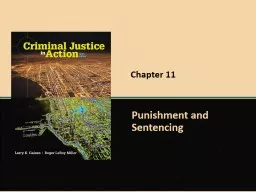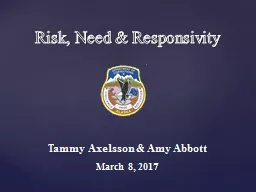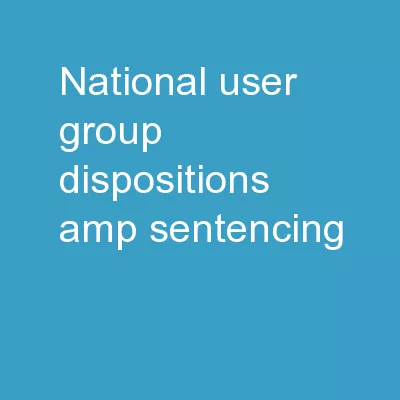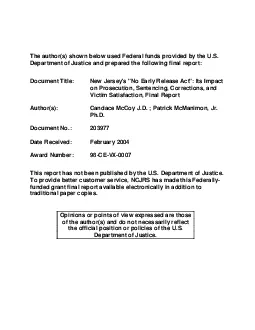PPT-Evidence-Based Sentencing to Reduce Recidivism & Hold O
Author : alexa-scheidler | Published Date : 2017-06-06
Louisiana Judicial Conference The Bluffs October 1820 2012 Judge Roger K Warren Ret What is done today in corrections would be grounds for malpractice in medicine
Presentation Embed Code
Download Presentation
Download Presentation The PPT/PDF document "Evidence-Based Sentencing to Reduce Reci..." is the property of its rightful owner. Permission is granted to download and print the materials on this website for personal, non-commercial use only, and to display it on your personal computer provided you do not modify the materials and that you retain all copyright notices contained in the materials. By downloading content from our website, you accept the terms of this agreement.
Evidence-Based Sentencing to Reduce Recidivism & Hold O: Transcript
Download Rules Of Document
"Evidence-Based Sentencing to Reduce Recidivism & Hold O"The content belongs to its owner. You may download and print it for personal use, without modification, and keep all copyright notices. By downloading, you agree to these terms.
Related Documents

